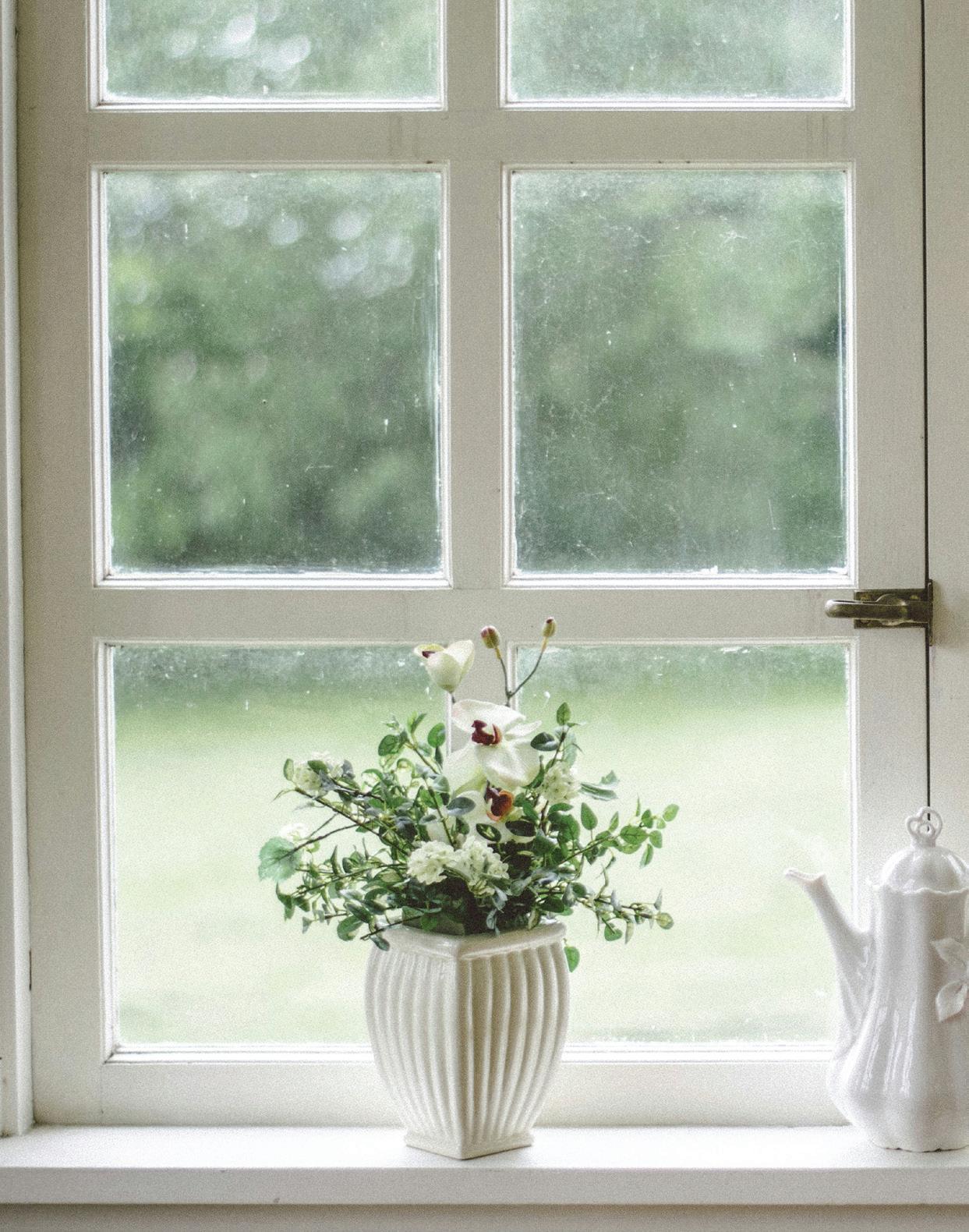
3 minute read
A View Into Savings
The real impact of windows on your electric bill—and what to consider
by Daniel Lofland
There's something comforting about watching a thunderstorm roll in from the safety of your living room. Windows give us that view—and a barrier from whatever's blowing outside. But when the temperature soars and the AC kicks on, many people start wondering if those windows are helping or hurting their electric bill.
I get asked this all the time: If I install energy-efficient windows, how much money will I save? It's a fair question, especially when we are all looking for ways to beat the summer heat without breaking the bank.
Let's start with what windows actually do. They don't use electricity but affect how much your HVAC system runs. They can let air leak in and out of your home and allow radiant heat from the sun to pour in. When that happens, your HVAC system has to work harder to cool the incoming air or offset the heat gain on indoor surfaces.
And yes, some windows are better than others. Older homes often still have single-pane windows with wooden frames. Modern builds typically have double- or triple-pane windows with gas fills and better insulation. These upgrades reduce heat transfer and condensation, keeping indoor temperatures more stable.
Still, the savings might not add up the way people hope.
Now, let's do some math. According to the Oklahoma Cooperative Extension Service, on average, heating and cooling account for about 40% of a home's electric bill. Windows typically affect about 20% of that HVAC load. That means windows can influence around 8% of your total electricity use.
If your monthly bill is $200, then about $80 of that is from heating and cooling. Of that $80, your windows are tied to roughly $16. If you upgrade to twice as efficient windows, you might save around $8 a month.
Now, let's factor in cost. The cost of a full home window replacement can differ significantly from home to home, but we'll use an assumed price of about $10,000 for this example. If you save $8 a month, that's a 1,250-month payback—or about 104 years. That's not exactly a return I'm comfortable recommending.
That said, plenty of good reasons exist to replace your windows. Maybe they're 60 years old, or you've got condensation between the panes. Perhaps they're cracked, warped or don't match your home anymore. Whatever the reason, do what makes sense for you—but be aware that new windows do not automatically translate to significant savings on your electric bill.
Most of the time, a simple fix like caulking around the inside and outside frames can stop most air leaks. It's a cheap and easy way to improve efficiency without major cost.
Windows let us see the world outside, while keeping the worst out. Just don't expect them to pay you back in savings. Sometimes the clearest win is sealing what you've already got.






